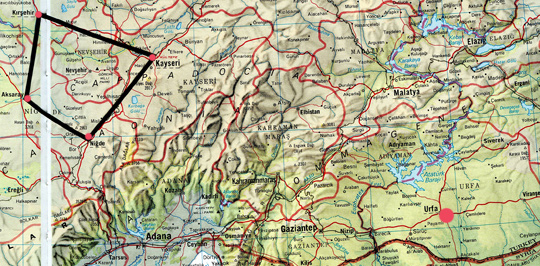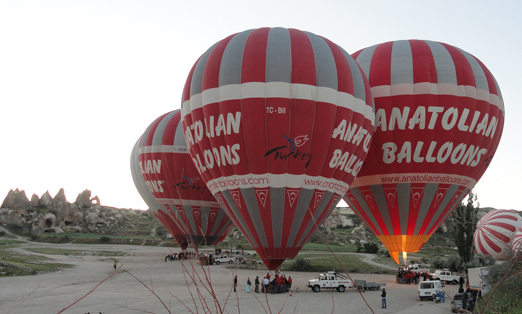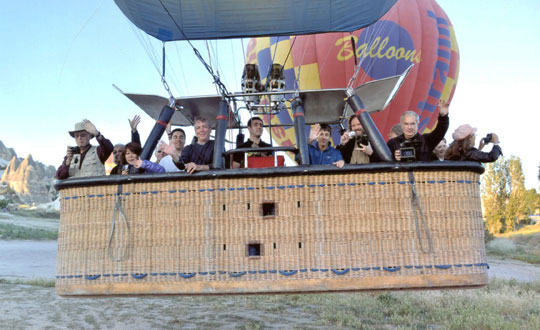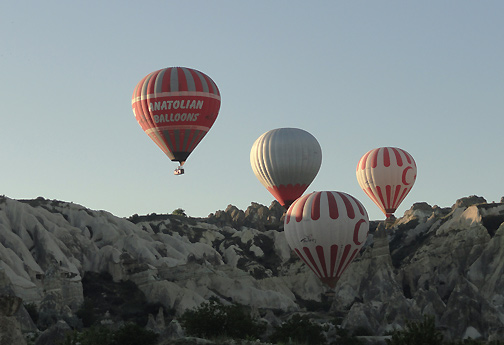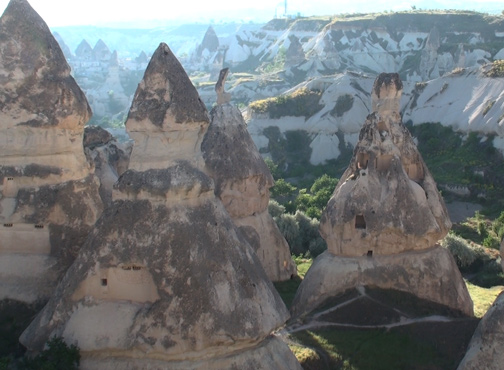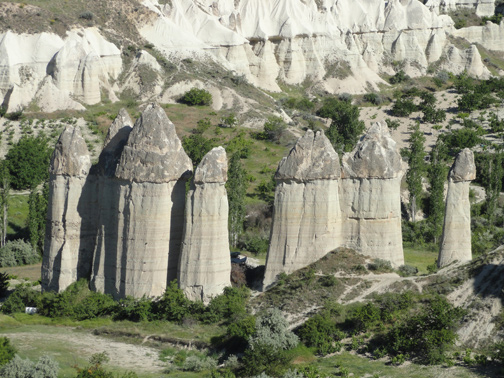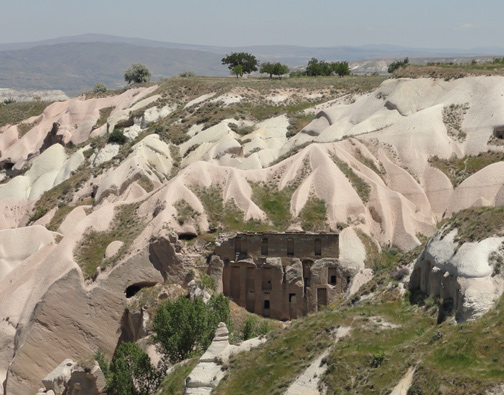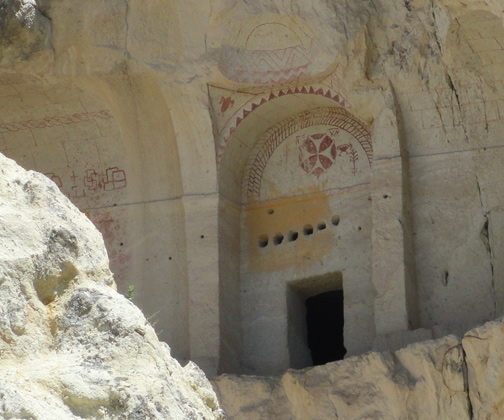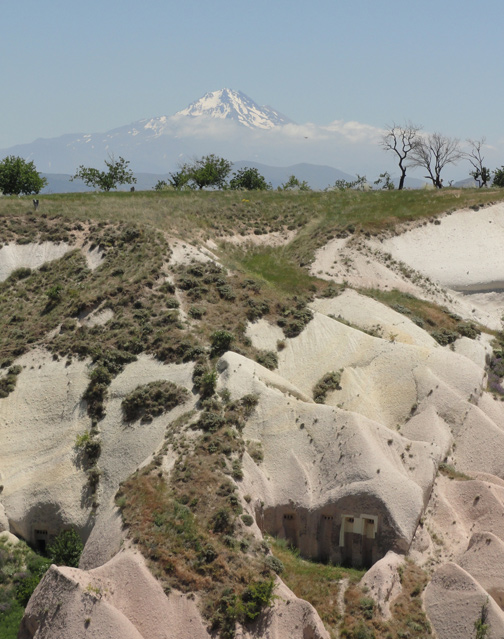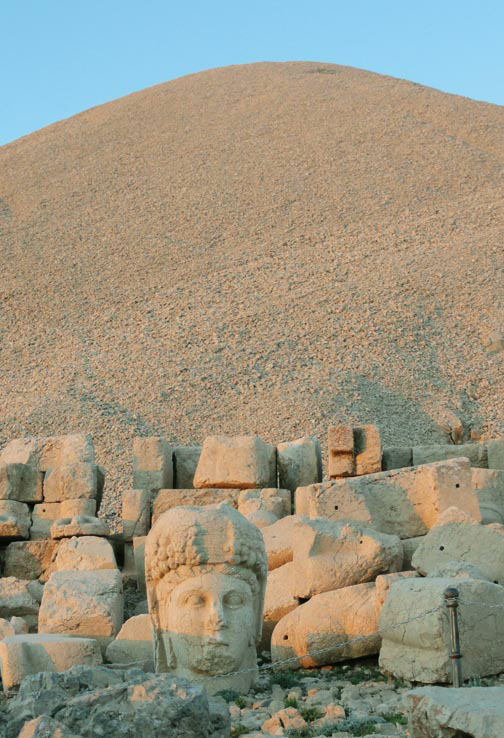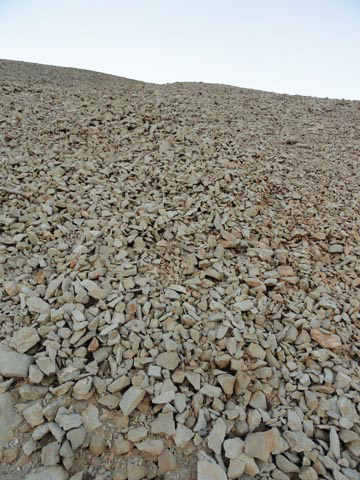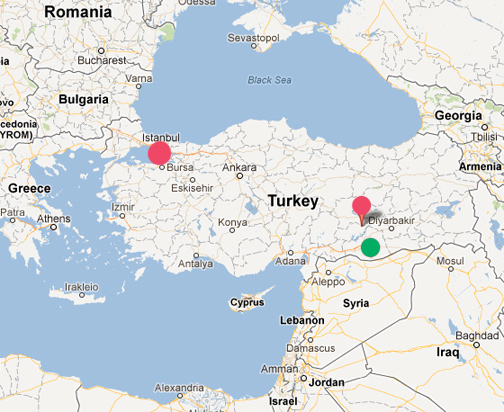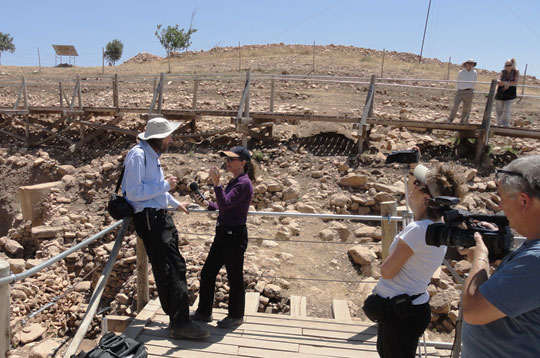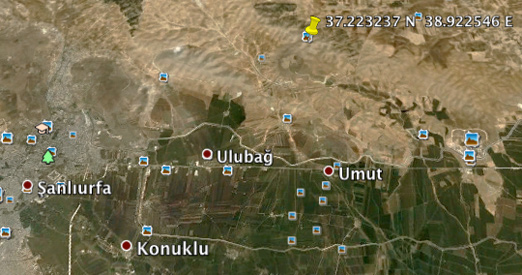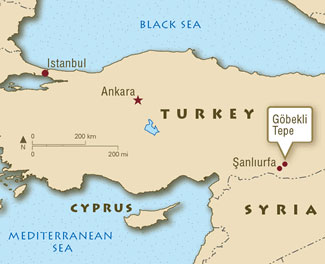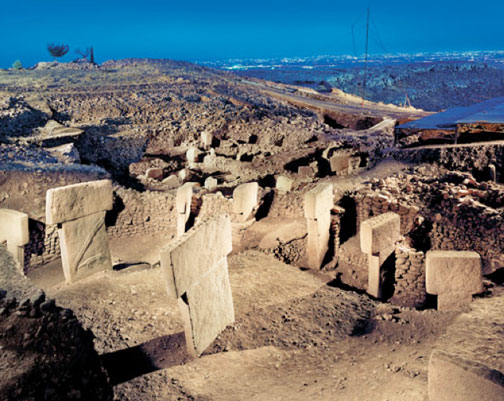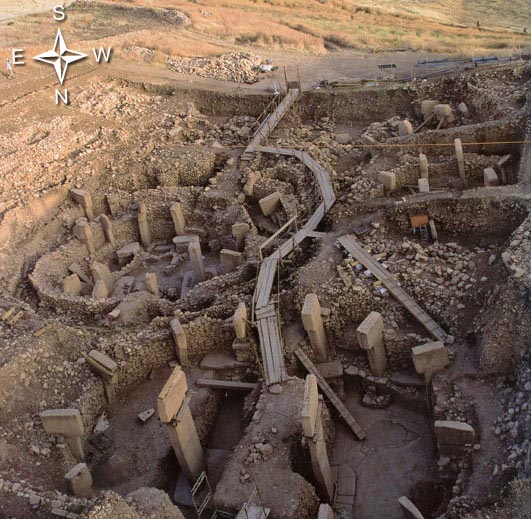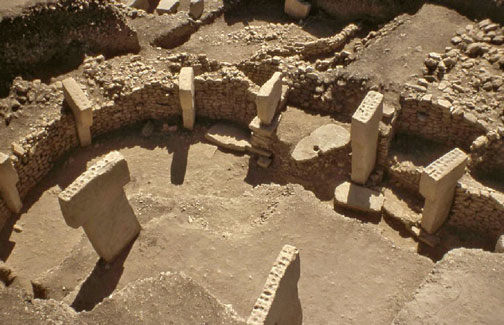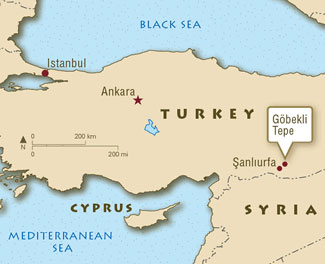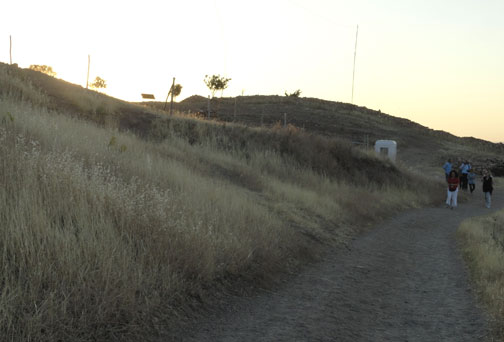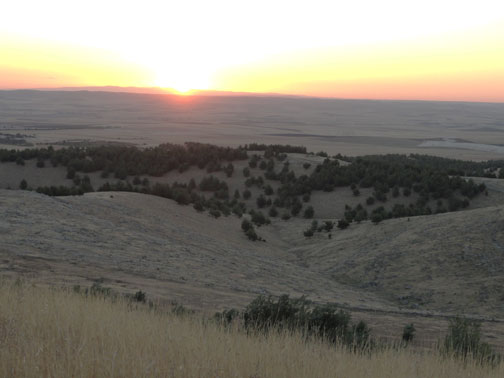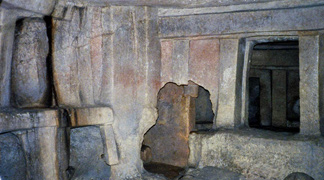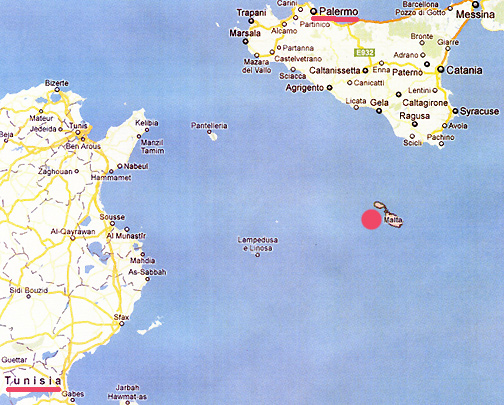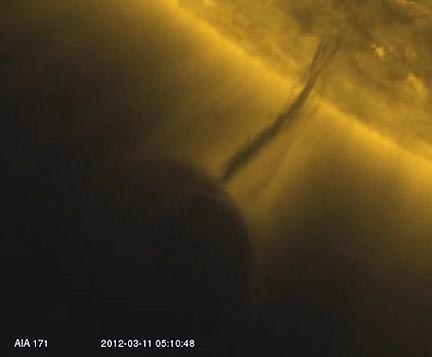Updated with mp3 audio of interview.
“My father was 're-recruited' by the military to join a group of other experts to study and work at an underground structure in Alaska that in his words they called the‘Dark Pyramid.’”
- July 27, 2012 email to Earthfiles
“What the geologists said they found in this byline news story (Anchorage TV Channel 13) story was under Alaska, they found a pyramid bigger than the one in Egypt.”
- Douglas A. Mutschler, Chief Warrant Officer, U. S. Army Counterintelligence
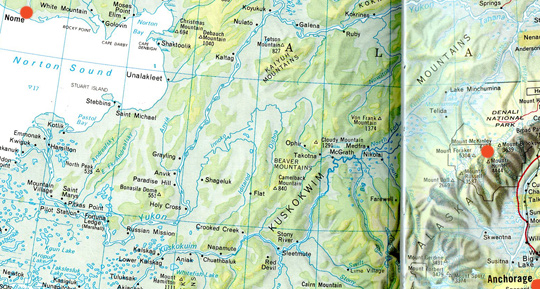
Updated August 10, 2012 / Original Report July 27, 2012 - I continue to receive email from a wide variety of professionals with comments about the possible underground pyramid structure in Alaska between Mount McKinley and Nome said to be larger that the Great Pyramid of Giza in Egypt. One particularly noteworthy email is dated July 27, 2012.
Click here to subscribe and get instant access to read this report.
Click here to check your existing subscription status.
Existing members, login below:


